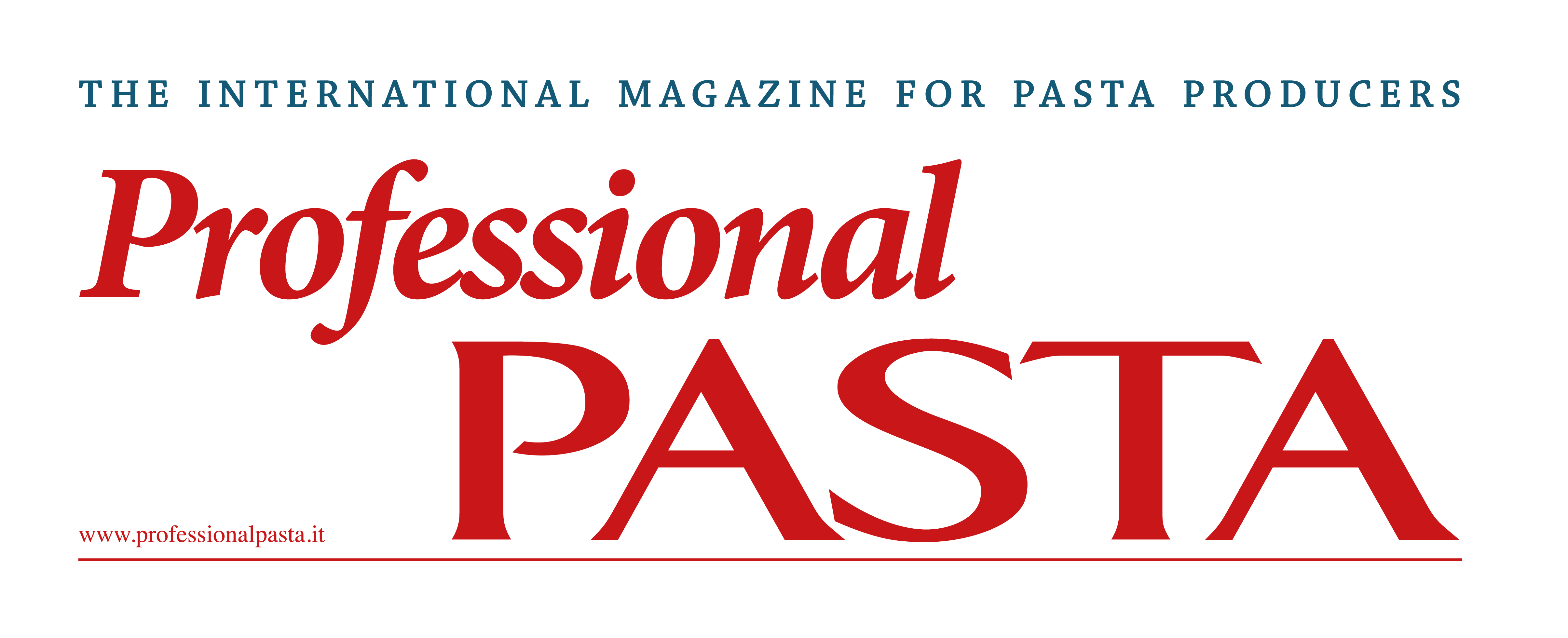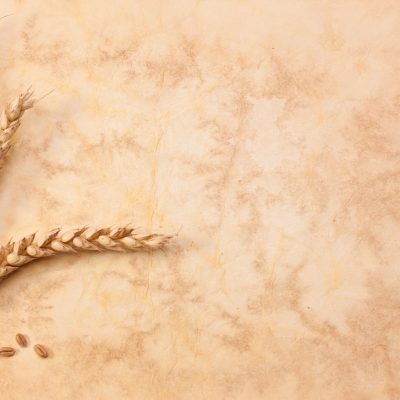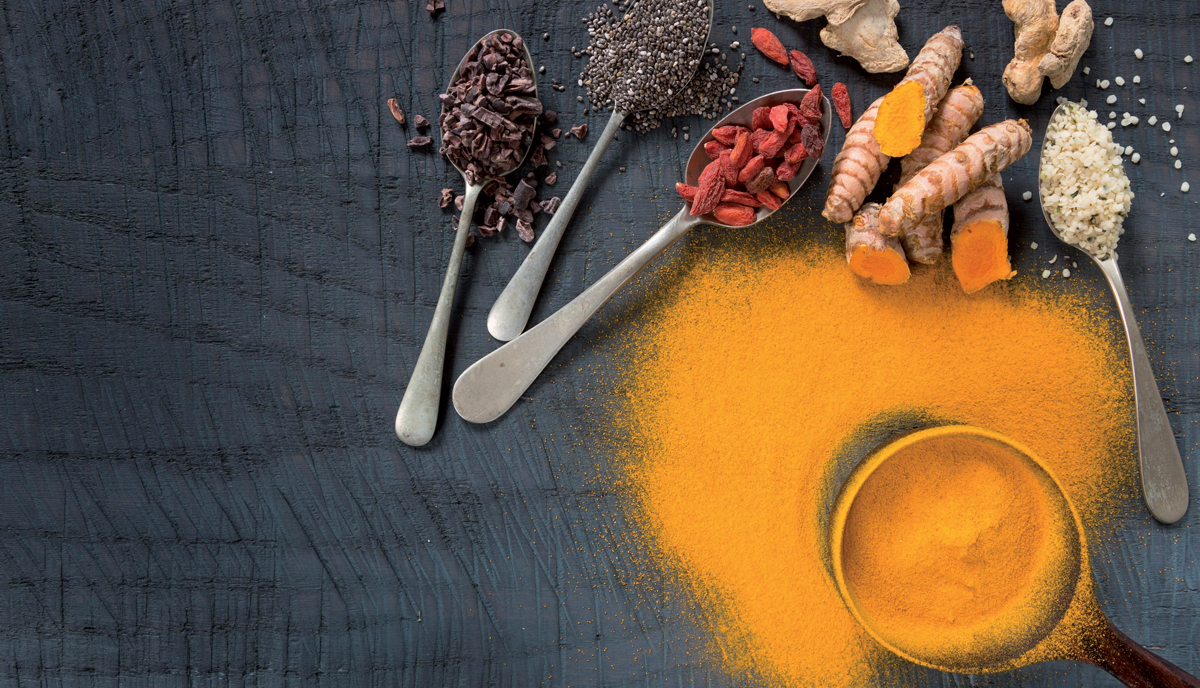Enriched semolina pasta
The daily consumption of pasta is included in the guidelines of the Mediterranean diet, positioned at the base of the food pyramid (Italian Ministry of Health, www.salute.gov.it). In this context, pasta serves as an ideal vehicle for bioactive compounds, particularly phenols, which are known for their beneficial effects on human health due to their antioxidant properties.
Phenols (currently over 5,000 known phenolic compounds) are antioxidant compounds divided into two major families – phenolic acids and flavonoids – based on their chemical structure. Flavonoids include various families such as anthocyanins, flavanols, flavones, flavanones, and flavonols. All phenols are secondary metabolites produced by plants in response to external conditions; some act as protective agents against pests or UV radiation, while others serve as attractants for pollinators (Dykes & Rooney, 2007).
A common feature of all phenols is their multiple beneficial effects on the human body. They are excellent antioxidants that counteract oxidative stress caused by UV radiations, pollution, smoking, alcohol and physical stress. These negative conditions lead to the formation of free radicals that can damage cellular structures, but phenols can interrupt these oxidation reactions.
Due to their radical-scavenging action, phenols prevent cellular aging and skin photoaging caused by UV radiations.
Additionally, phenols found in plant-based foods, such as fruits and vegetables, are powerful antioxidants against low-density lipoproteins (LDL), which are rich in cholesterol. In this context, phenols help protect arteries, prevent atherosclerosis, and reduce the risk of cardiovascular diseases. Phenolic compounds exist in both free and bound forms (typically bound to pectins, cellulose and membrane proteins); both forms have high biological value, though bound phenols require hydrolysis for release (Pironen et al., 2009).
Subscribe to the magazine to read the full article








